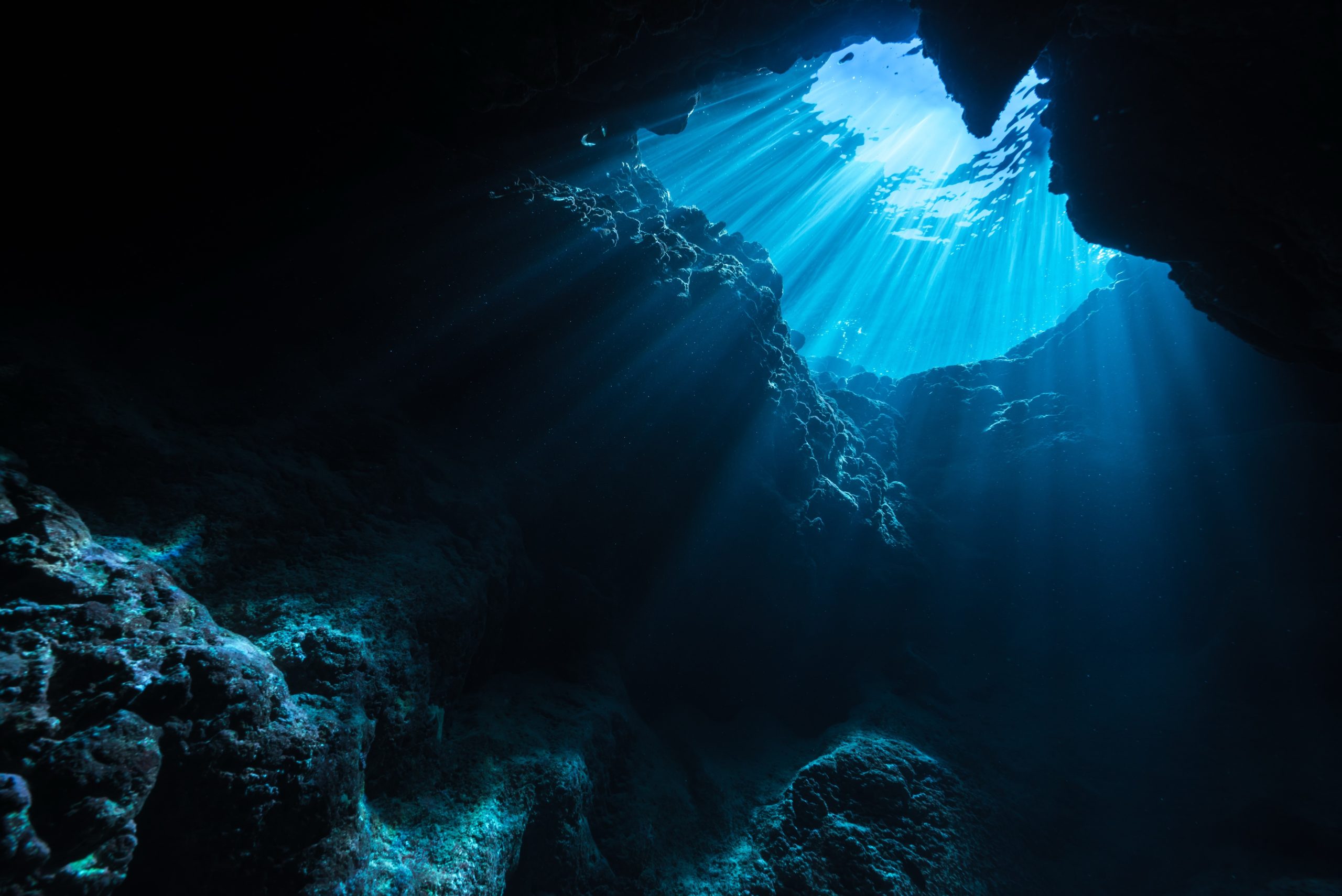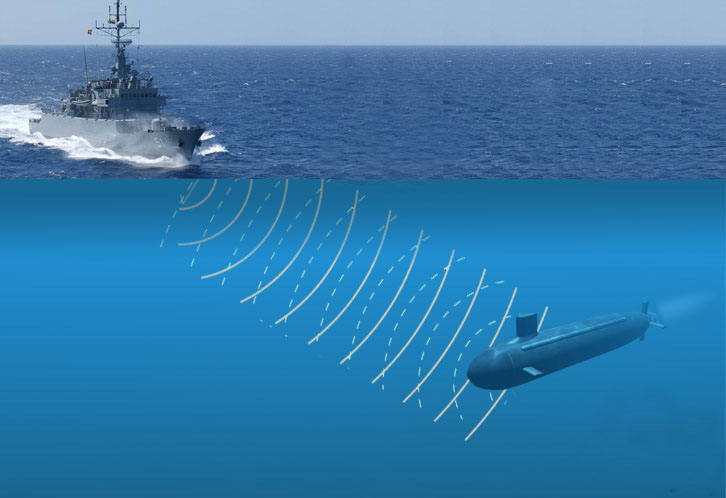The Antikythera shipwreck represents one of the most significant archaeological discoveries in maritime history, revealing treasures that continue to captivate researchers and enthusiasts worldwide.
🌊 The Discovery That Changed Archaeological History Forever
In the autumn of 1900, a group of Greek sponge divers seeking shelter from a violent storm near the small island of Antikythera stumbled upon something extraordinary. Captain Dimitrios Kondos and his crew, while diving in the crystal-clear waters between Crete and mainland Greece, discovered ancient bronze and marble artifacts scattered across the seabed at a depth of approximately 45 meters. What they had found was the wreck of a Roman-era cargo ship dating back to approximately 70-60 BCE, loaded with an unprecedented collection of ancient treasures.
The initial recovery efforts, conducted between 1900 and 1901, brought to the surface magnificent bronze and marble statues, luxury glassware, jewelry, coins, and pottery. However, among these remarkable finds lay something truly extraordinary that would only reveal its significance decades later: corroded lumps of bronze that would eventually be identified as the Antikythera Mechanism, often described as the world’s first analog computer.
The Treasure Trove Beneath the Waves
The cargo recovered from the Antikythera wreck provides a fascinating window into ancient Mediterranean trade and culture. The ship was clearly transporting luxury goods, likely from the eastern Mediterranean, possibly Rhodes or Asia Minor, destined for wealthy Roman patrons. The collection includes some of the finest examples of Hellenistic art ever discovered, demonstrating the sophisticated craftsmanship of the period.
Remarkable Artifacts From the Deep 🏺
Among the most stunning discoveries were several bronze and marble statues, including the famous bronze statue known as the “Antikythera Youth” or “Paris,” a magnificent representation of a young man that showcases the exceptional skill of ancient Greek sculptors. The statue, standing approximately two meters tall, has become one of the most celebrated pieces in the National Archaeological Museum of Athens.
Other significant finds included the “Philosopher’s Head,” a bronze sculpture depicting an elderly bearded man, possibly representing a Stoic philosopher. The level of detail in these bronze works is extraordinary, with individual hairs in the beard and realistic facial features that demonstrate the technical mastery achieved by ancient metalworkers.
The wreck also yielded numerous marble statues, including representations of horses and human figures, though many were damaged during the initial recovery operations. Glass vessels, some still intact after more than two thousand years underwater, pottery amphorae that once contained wine or oil, and luxury items such as jewelry and coins rounded out the cargo manifest.
⚙️ The Antikythera Mechanism: Ancient Technology Rediscovered
While the statues and artifacts were impressive, nothing prepared the archaeological world for the significance of what appeared to be nothing more than corroded bronze fragments. In 1902, archaeologist Valerios Stais noticed that one of these corroded lumps contained a gear wheel embedded within it. This observation marked the beginning of a century-long journey to understand what has become known as the Antikythera Mechanism.
The mechanism, housed in a wooden box approximately the size of a shoebox, consisted of at least 30 meshing bronze gears. Modern research using advanced imaging techniques, including X-ray computed tomography, has revealed that the device was far more sophisticated than anyone initially imagined. It functioned as an astronomical calculator, capable of predicting the positions of the sun, moon, and planets, tracking the four-year cycle of athletic games similar to the Olympics, and even predicting solar and lunar eclipses.
How the Ancient Computer Worked
The Antikythera Mechanism operated through a complex system of differential gears, a technology that wasn’t seen again in historical records until the 16th century. Users would turn a hand crank on the side of the device, which would rotate the gears and move pointers on the front and back dials to display astronomical information.
The front dial showed the Greek zodiac and the Egyptian calendar, while the back featured two main spiral dials. The upper spiral tracked the 19-year Metonic cycle, used to predict the timing of eclipses, while the lower spiral displayed the four-year Olympiad cycle. The mechanism included inscriptions totaling over 3,000 characters, essentially serving as an instruction manual for the device.
Modern researchers have identified that the mechanism could account for the irregular motion of the Moon, incorporating an epicyclic theory that wouldn’t be mathematically described until the work of astronomer Hipparchus. This suggests that ancient Greek theoretical astronomy was far more advanced than previously believed and was being applied to practical mechanical devices.
Modern Expeditions and New Discoveries 🔍
The Antikythera wreck site remained largely undisturbed for decades after the initial recovery efforts. The depth and challenging conditions made further exploration dangerous with early 20th-century diving technology. However, Jacques Cousteau led an expedition to the site in 1976, recovering additional artifacts including coins, ship components, and skeletal remains that provided valuable information about the ship’s construction and crew.
In recent years, technological advances have enabled new detailed surveys of the wreck site. Between 2014 and 2019, a collaborative project involving the Hellenic Ephorate of Underwater Antiquities, Woods Hole Oceanographic Institution, and other international partners conducted extensive archaeological surveys using advanced diving equipment, including closed-circuit rebreathers that allow for longer, safer dives at depth.
Twenty-First Century Treasure Hunting
These modern expeditions have revealed that the original site is larger than initially thought, with debris scattered across a wider area of the seafloor. Archaeologists have recovered new artifacts, including bronze spear tips, ship fittings, luxury tableware, and most excitingly, parts of what may be additional mechanical devices similar to the Antikythera Mechanism.
One particularly intriguing discovery was a bronze disk approximately eight centimeters in diameter, decorated with the image of a bull. Researchers speculate this might be part of another astronomical instrument or a decorative element from a larger device. The ongoing excavations continue to yield new finds, with each diving season bringing fresh insights into ancient Mediterranean culture and technology.
The Ship and Its Final Voyage ⛵
Archaeological analysis of the recovered materials has provided insights into the ship itself and its tragic final journey. The vessel was substantial, estimated at approximately 40 meters in length, making it one of the largest merchant ships of its era. The construction techniques visible in recovered timbers show sophisticated shipbuilding methods, with mortise-and-tenon joinery characteristic of ancient Mediterranean shipwrights.
The ship likely foundered during a storm while navigating the treacherous waters around Antikythera. The island sits at a critical juncture of ancient sea routes, where ships traveling between the eastern Mediterranean and Italy would pass. The combination of strong currents, unpredictable winds, and rocky coastlines made this area particularly dangerous for ancient mariners.
Dating the Disaster
Multiple lines of evidence help establish the approximate date of the shipwreck. Coins recovered from the site include issues dating to the late 2nd and early 1st centuries BCE, with the latest coins minted around 70-60 BCE, providing a terminus post quem for the sinking. Pottery styles and artistic characteristics of the statues support this dating, placing the wreck solidly in the late Hellenistic period, shortly before the Roman Empire consolidated control over the Mediterranean.
Wood samples from the ship’s hull have been analyzed using dendrochronology, though the results are complicated by the long submersion in seawater. Nevertheless, the available evidence points consistently to a date in the middle of the 1st century BCE, during a period of intense cultural exchange between the Greek-speaking eastern Mediterranean and Rome.
🎓 Scientific Investigations and Technological Breakthroughs
The study of the Antikythera Mechanism, in particular, has benefited enormously from advances in imaging technology. In 2005, researchers from the Antikythera Mechanism Research Project began using high-resolution X-ray computed tomography to peer inside the corroded fragments without damaging them. This non-invasive imaging revealed previously hidden gears, inscriptions, and structural details that had been invisible to earlier investigators.
A technique called polynomial texture mapping has allowed researchers to read worn inscriptions on the mechanism’s surfaces by capturing images under different lighting angles and combining them digitally. This has revealed thousands of characters of Greek text that provide crucial information about how the device functioned and what astronomical phenomena it displayed.
Reconstructing Ancient Knowledge
Various teams of researchers, engineers, and clockmakers have attempted to build working reconstructions of the Antikythera Mechanism based on the archaeological evidence and X-ray imaging. These reconstructions have not only demonstrated that the device could have worked as proposed but have also revealed potential functions not initially apparent from the corroded remains.
Some reconstructions suggest the mechanism may have displayed the positions of the five planets known to ancient astronomers: Mercury, Venus, Mars, Jupiter, and Saturn. While direct evidence for these displays is fragmentary, the mathematical sophistication evident in other parts of the device makes such capabilities plausible.
Cultural and Historical Significance 📜
The Antikythera wreck provides invaluable evidence about cultural exchange in the ancient Mediterranean. The cargo appears to be a carefully selected collection of Greek art and luxury goods destined for wealthy Roman clients. This reflects the complex relationship between Rome and the Greek world during the 1st century BCE, when Roman military power dominated the Mediterranean, but Greek culture maintained enormous prestige and influence.
The presence of the Antikythera Mechanism aboard the ship raises fascinating questions. Was it commissioned by a wealthy Roman patron interested in Greek astronomy and philosophy? Was it being transported as a diplomatic gift? Or was it the personal property of a Greek scholar or astronomer traveling to Italy? The answers remain elusive, but each possibility offers intriguing insights into ancient intellectual culture.
Impact on Understanding Ancient Technology
Before the discovery and eventual understanding of the Antikythera Mechanism, historians had significantly underestimated the technological capabilities of ancient civilizations. The device demonstrates that sophisticated mechanical engineering, precision metalworking, and advanced astronomical knowledge converged in ways that weren’t replicated for more than a millennium.
This has prompted researchers to reconsider other ancient references to mechanical devices, including descriptions by ancient authors of automated theaters, mechanical birds, and astronomical displays. What once seemed like fanciful exaggerations may have been accurate descriptions of real devices whose complexity matched or even exceeded the Antikythera Mechanism.
🔬 Ongoing Research and Future Discoveries
The Antikythera shipwreck remains an active archaeological site, with new excavation seasons planned for coming years. Advances in underwater robotics, autonomous underwater vehicles, and improved diving technology promise to reveal additional sections of the wreck that have remained unexplored due to depth and complexity.
Researchers are particularly interested in locating the ship’s main cargo hold, which may contain additional mechanisms or other technological devices. The discovery of bronze disks and gear fragments in recent expeditions suggests that the original cargo may have included multiple sophisticated instruments, potentially transforming our understanding of ancient scientific culture.
Preservation Challenges and Solutions
One of the most significant challenges facing researchers is the preservation of artifacts that have been submerged for over two thousand years. Bronze objects undergo complex chemical changes underwater, forming corrosion products that can be unstable when exposed to air. Conservation specialists must carefully treat each artifact to prevent further deterioration while attempting to reveal original surfaces and details.
The National Archaeological Museum of Athens, where the Antikythera Mechanism and many other artifacts from the wreck are housed, employs cutting-edge conservation techniques to stabilize and preserve these irreplaceable objects. New fragments continue to be cleaned and analyzed, occasionally revealing surprises such as previously hidden gears or inscriptions.
Legacy and Inspiration for Modern Science 🌟
The Antikythera wreck and its extraordinary cargo continue to inspire scientists, engineers, and the general public. The mechanism has been called “the most technologically sophisticated object from the ancient world” and has sparked renewed interest in ancient science and technology. Educational programs, documentaries, museum exhibitions, and academic conferences regularly feature the Antikythera discoveries, bringing ancient innovation to contemporary audiences.
For archaeologists, the wreck represents a nearly ideal time capsule, preserving a snapshot of Mediterranean culture at a pivotal historical moment. For historians of science and technology, the mechanism demonstrates the sophisticated integration of mathematical theory and mechanical practice in the ancient world. For the general public, the discoveries evoke wonder at the capabilities of our ancestors and remind us that innovation and ingenuity are timeless human traits.
The journey from that stormy day in 1900 when sponge divers first glimpsed ancient bronze gleaming on the seafloor to today’s high-tech archaeological investigations represents more than a century of dedication to understanding our past. Each new discovery at the Antikythera wreck site adds another piece to the puzzle of ancient Mediterranean civilization, revealing a world of greater technological sophistication, cultural complexity, and intellectual achievement than we previously imagined. As research continues and new technologies emerge, who knows what additional mysteries the waters off Antikythera might yet reveal?
Toni Santos is a visual storyteller and educational ethnographer whose work celebrates the fluid knowledge systems of nomadic cultures. Through art and research, Toni brings attention to how learning has thrived outside traditional institutions—rooted in movement, oral tradition, and deep connection to land and community.
Guided by a passion for ancestral wisdom, adaptive pedagogy, and cultural resilience, Toni explores the tools, rituals, and environments that once shaped the minds of travelers, herders, and migrating communities. Whether illustrating storytelling circles beneath open skies, wearable mnemonic devices, or maps woven into textiles, Toni’s work honors learning as a lived, sensory, and communal experience.
With a background in visual anthropology and intercultural design, Toni reconstructs the educational models of mobile societies through images and narratives that restore their dignity and relevance in today’s world.
As the creative mind behind Vizovex, Toni shares a rich tapestry of visual essays, artifact-inspired art, and curated stories that reveal the genius of teaching and learning on the move.
His work is a tribute to:
The wisdom of learning through journey, rhythm, and story
The spatial and environmental intelligence of nomadic cultures
The power of intergenerational knowledge passed outside walls
Whether you’re an educator, researcher, or lifelong learner, Toni invites you to step into a world where education is not confined, but carried—one step, one song, one shared insight at a time.





